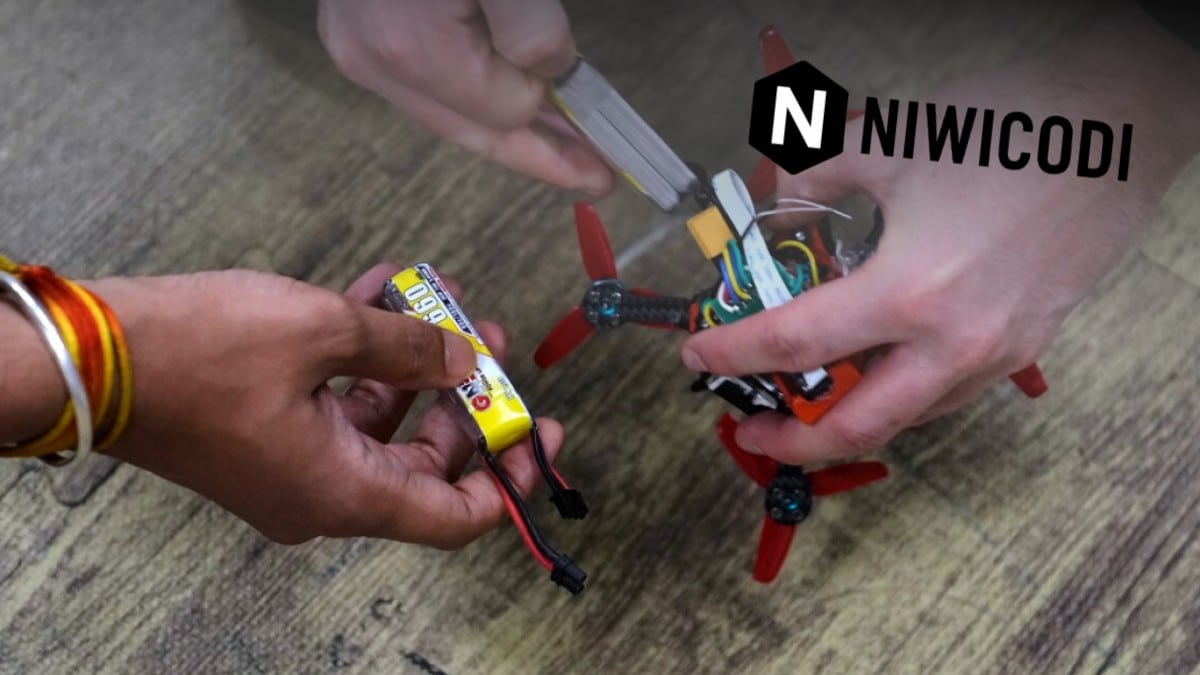In the ever-evolving world of robotics, researchers are now looking to nature for inspiration. Imagine a robot that mimics the flight of bats, using ultrasound to navigate through challenging environments. It’s not science fiction—it’s happening now, and it could revolutionize search and rescue missions.
Biomimicry in Robotics: A Game Changer
The concept of biomimicry isn’t new, but its application in robotics is reaching new heights. By emulating bats, researchers are developing drones that can maneuver through tight spaces with ease. Unlike traditional drones that rely on cameras or infrared sensors, these bat-inspired robots use ultrasound, much like their biological counterparts. This allows them to “see” in complete darkness and navigate complex terrains without the hindrance of visual obstructions.
Why bats? Their evolutionary adaptations make them perfect models for robotics. Bats can fly with agility, avoid obstacles with precision, and operate in diverse environments—all skills that are invaluable for robots designed for search and rescue operations. In scenarios where human access is limited or dangerous, such as collapsed buildings or dense forests after a disaster, these robots could be the key to locating survivors quickly and efficiently.
The technology behind these robots involves sophisticated echolocation systems. By emitting ultrasonic waves and analyzing the returning echoes, the robots can construct a 3D map of their surroundings in real-time. This capability is crucial when navigating unpredictable or debris-filled environments where traditional sensors might fail. To read Figma Expands to India to Rethink How Developers Build
Moreover, the compact size of these robots is another significant advantage. Being palm-sized means they can enter confined spaces that larger drones cannot. Imagine a scenario where rescuers need to locate someone trapped under rubble—a small robot could fly in, assess the situation, and transmit vital information back to the rescue team without risking further collapses.
The potential applications extend beyond search and rescue. These robots could be deployed for environmental monitoring, inspecting infrastructure in hard-to-reach areas, or even exploring other planets where traditional vehicles might struggle.
However, challenges remain. The complexity of mimicking bat flight mechanics and echolocation is no small feat. Researchers must ensure these robots can operate autonomously without constant human intervention, which involves advanced algorithms and machine learning capabilities.
As we stand on the brink of this technological breakthrough, it’s clear that the intersection of biology and robotics offers exciting possibilities. By looking to nature for solutions, we are not only pushing the boundaries of what’s possible but also creating tools that could save lives.
In this era of rapid advancement, it’s worth pondering: what other secrets does nature hold that we have yet to unlock? As we continue to innovate and explore, these questions will guide us toward a future where technology seamlessly integrates with the natural world. To read This startup wants to lift entire cities to fight rising seas


